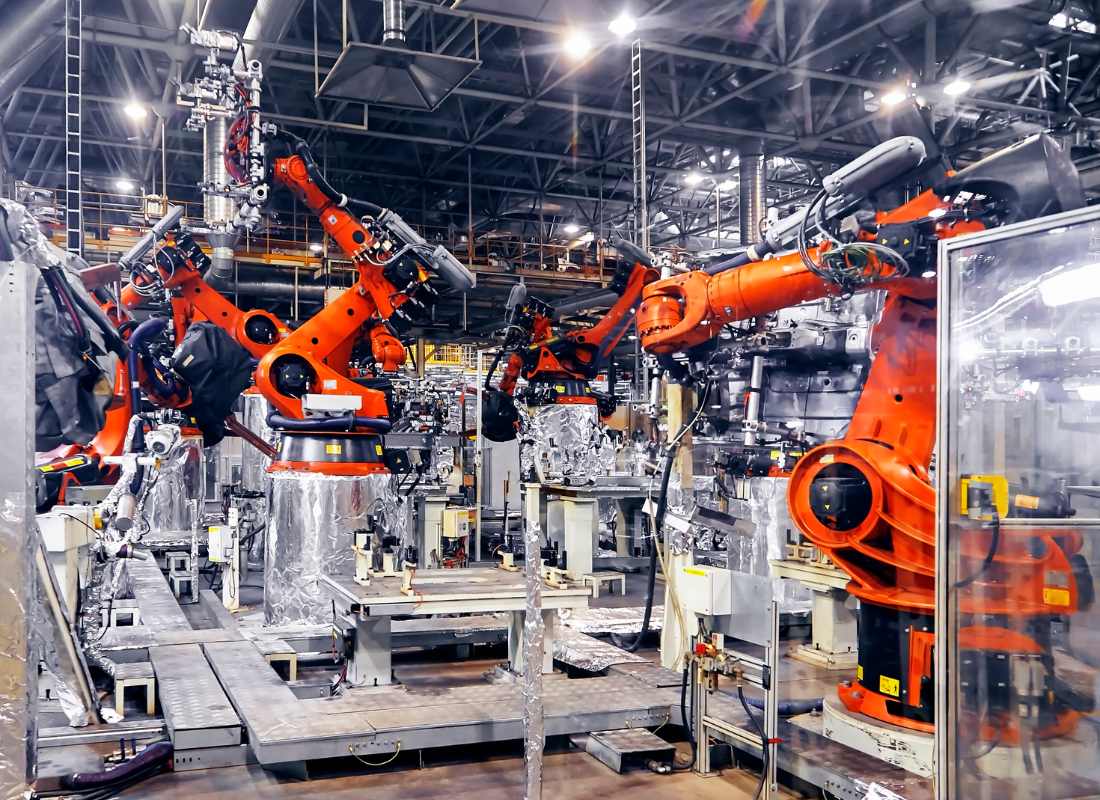
In our consumer-driven society, products seem to have increasingly shorter lifespans.
This phenomenon is not accidental but rather a result of planned obsolescence, a strategy where manufacturers deliberately design products with a limited lifespan to stimulate demand and encourage frequent replacements.
This article delves deep into the world of planned obsolescence, exploring its origins, methods, impacts, and potential solutions.
Origins of Planned Obsolescence
 The concept of planned obsolescence can be traced back to the early 20th century when manufacturers realized that designing products to fail could drive sales and foster consumerism.
The concept of planned obsolescence can be traced back to the early 20th century when manufacturers realized that designing products to fail could drive sales and foster consumerism.
One of the earliest examples is the Phoebus cartel, formed in the 1920s by major light bulb manufacturers to standardize bulb lifespans and limit their durability, ensuring consumers would need to replace them frequently.
Methods of Planned Obsolescence
 It can take various forms, including:
It can take various forms, including:
- Functional Obsolescence: Products are intentionally designed to become outdated or unusable due to advancements in technology or changes in consumer preferences.
- Perceived Obsolescence: Marketing tactics are used to convince consumers that their current products are no longer fashionable or desirable, encouraging them to upgrade to newer models.
- Built-in Obsolescence: Manufacturers use inferior materials or engineering techniques to ensure that products break down or malfunction after a certain period, forcing consumers to replace them.
For example: Apple
 Apple employs various methods of planned obsolescence to maintain its market dominance and encourage frequent upgrades among its customer base.
Apple employs various methods of planned obsolescence to maintain its market dominance and encourage frequent upgrades among its customer base.
One method is through functional obsolescence, where software updates are designed to slow down older devices or limit their compatibility with newer apps, prompting users to purchase the latest iPhone models.
Additionally, Apple’s proprietary charging cables and connectors are intentionally designed to be incompatible with non-Apple devices, creating a reliance on Apple accessories and increasing revenue through accessory sales.
Impacts of Planned Obsolescence
 Planned obsolescence has wide-ranging impacts on consumers, the economy, and the environment:
Planned obsolescence has wide-ranging impacts on consumers, the economy, and the environment:
- Economic Impact: Planned obsolescence drives consumer spending by creating a constant cycle of product replacement, leading to increased sales and revenue for manufacturers. However, it also places a financial burden on consumers who must continually purchase new products.
- Environmental Impact: The constant production and disposal of short-lived products contribute to resource depletion, pollution, and waste accumulation. Electronic waste, in particular, poses significant environmental hazards due to the presence of toxic materials.
- Social Impact: Planned obsolescence perpetuates a culture of disposable consumerism, where products are treated as temporary rather than long-term investments. This mindset not only erodes the value of craftsmanship and durability but also contributes to social inequality by excluding low-income individuals from accessing quality goods.
Addressing Planned Obsolescence
 To combat the negative effects of planned obsolescence, several strategies can be implemented:
To combat the negative effects of planned obsolescence, several strategies can be implemented:
- Regulation: Governments can enact legislation to regulate product durability, repairability, and transparency, holding manufacturers accountable for the environmental and social impacts of their products.
- Consumer Awareness: Educating consumers about planned obsolescence and promoting sustainable consumption habits can empower individuals to make informed choices and demand more durable and eco-friendly products.
- Innovation and Design: Encouraging innovation in product design, materials science, and manufacturing processes can lead to the development of more durable, repairable, and sustainable products that benefit both consumers and the environment.
Conclusion
 Planned obsolescence is a complex issue that affects consumers, businesses, and the environment.
Planned obsolescence is a complex issue that affects consumers, businesses, and the environment.
While it may offer short-term benefits for manufacturers and retailers, the long-term consequences are detrimental to society as a whole.
By raising awareness, advocating for change, and promoting sustainable alternatives, we can work towards a future where products are designed to last, consumers are empowered to make responsible choices, and the planet thrives for generations to come.




